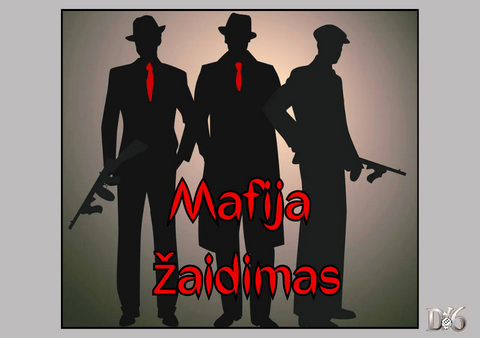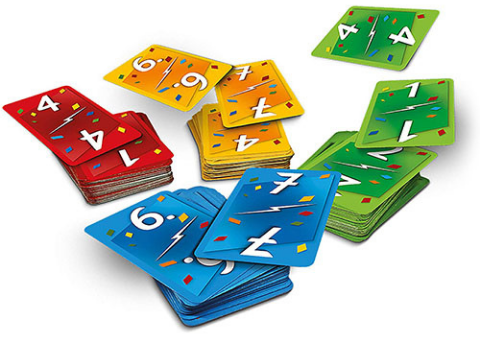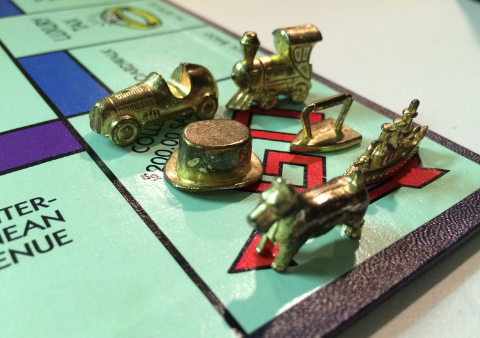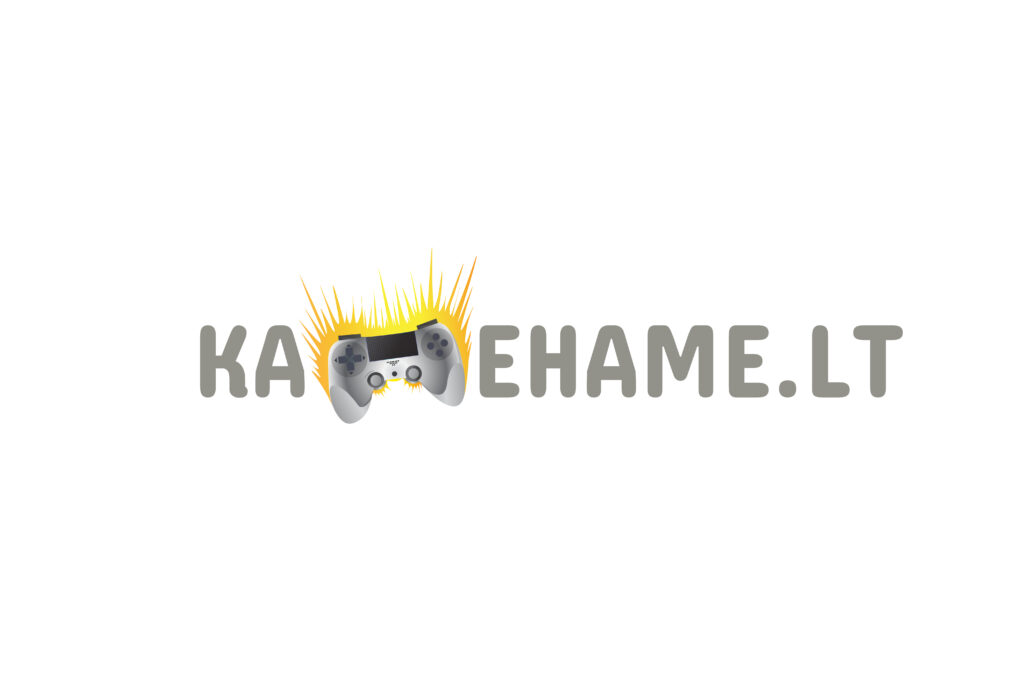For those who like card games, you should also like the Beaver Gang game. It is quite simple and suitable for younger players. It is a great opportunity for children to learn mathematics and numbers. Adults can develop their memory by trying to remember where the best cards are. This article gives you the detailed rules of the game.
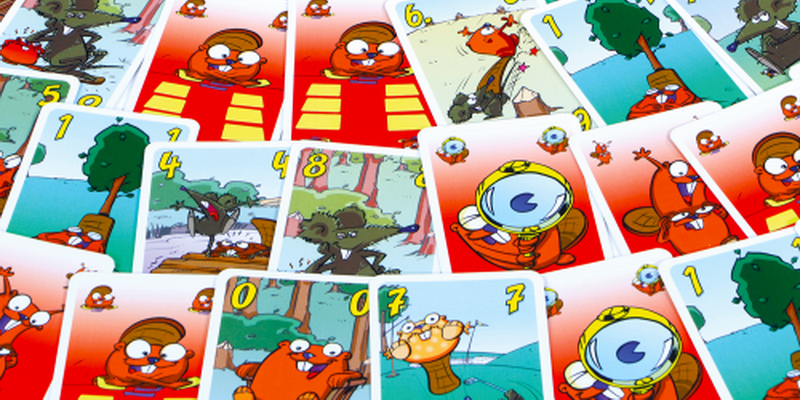
Beaver Gang game. What are the rules?
❓ How many people can play Beaver Gang?
Number of players: 2-6 people.
❓ From what age can I play this game?
According to the official Beaver Gang rules, the game is adapted for humans from 6 years old.
❓ How long is the Beaver Gang game?
Usually all you need to play the Beaver Gang is 20 minutes.
Briefly about the game
Each player holds 4 cards face up, numbered 0-9. There are also three types of special cards. The key to the game is to get the cards with the lowest possible value. High value cards should be avoided. It is not easy to remember where specific cards are located. They are very quickly repositioned. After each round of the game, the values of the personal cards should be added up and written down. At the end of the game, whoever has the least points wins.
Getting ready
Usually the oldest player is the dealer, but other ways of determining the dealer can be agreed. The cards are shuffled and each player is dealt 4 cards. Each player then places their personal cards in front of them. They must be face down and, remember, even you cannot see what cards you have been dealt.
The other cards are placed face down in a deck and placed in the middle of the table. Finally, the dealer turns over the top card and places it next to the deck. The other cards will then be placed on top of the face-up card, which we will refer to as the deck of used cards.
Once all the cards are in place, each player can look at his or her personal edge cards (left and right). These should be memorised as they will have to be turned over again.
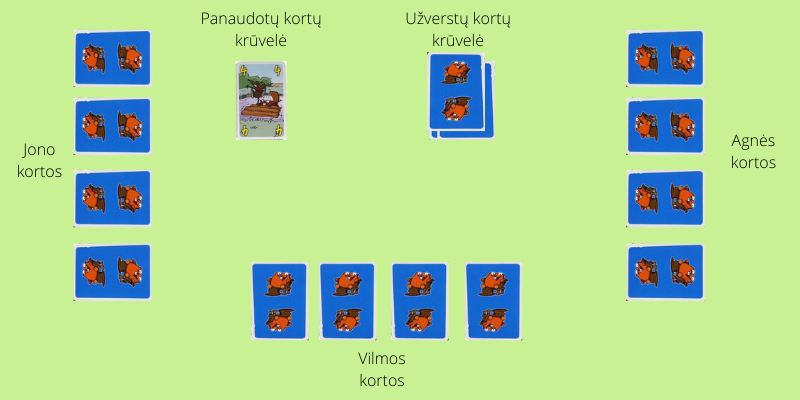
Note: If, after looking at your cards, you find a special card and want to know what it is, see here.
The Beaver Gang game is on
The person to the left of the head player (dealer) starts the game. Thereafter, the game will be played clockwise.
Each move can be made with either Action A or Action B. One must be chosen, as both cannot be performed.
Action A
The top card can be taken from the used card pile. This card is then exchanged with a personal card. It is not possible to see what card it is. Blind exchange. The unwanted personal card is placed face up on top of the used card pile.
Example of a game: Vilma takes the top card from the discard pile. She takes the top card from the discard pile and replaces it with her personal card face up.
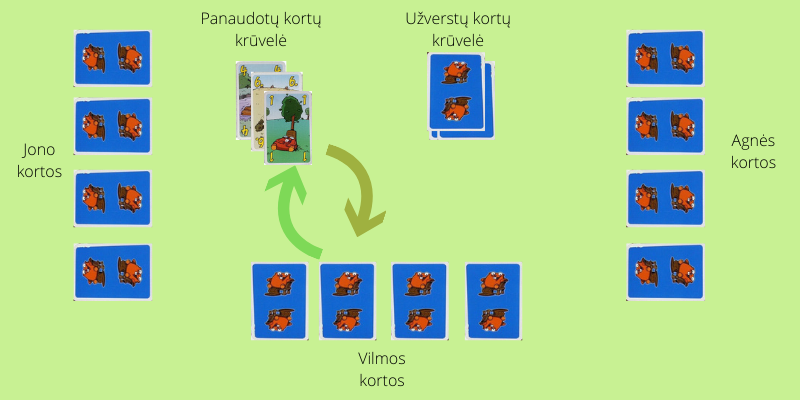
Note: When the top card of a used deck is a special card, it cannot be exchanged with a personal card. In this case, only Action B will be available.
Action B
The top card of the face-down deck is drawn. The player looks at it carefully and chooses what to do next:
- If the card is not suitable, it can be discarded - placed face up on top of the used card pile;
- If this card is not a special card, the player can take it for himself instead of a personal card;
- When a card is a special card, the action it specifies must be performed. Or simply discard the card.
When one player takes an action, the other player immediately plays. When there is no more cards left in the discard pile, the used cards are shuffled and used in the next game.
Special cards and their meanings
Sukeisk 
A player can swap his hole card with any other player's hole card. Neither of the swappers can see what cards they are
Take a look at 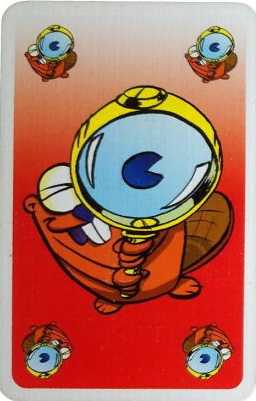
A person using this card can look at any one of their personal cards. That card must then be turned over again.
Pull twice 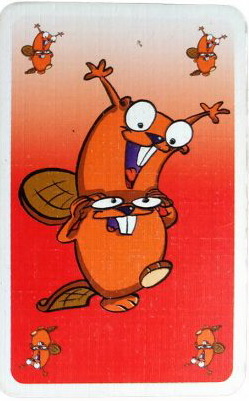
The player draws one card from the discard pile. He may use it as described in option B. If this card is not needed, it may be placed on top of the discard pile and a second card drawn. This card will be required for use under Option B.
Note; special cards have no value. When a person has this card in his or her personal hand at the end of the round, he or she must discard it and draw another card from the deck instead.
When another special card is drawn, a new card is drawn. This is done until all personal cards remain regular and there are no special cards among them.
End of stage
When a player, after making his move, considers his cards to be very low, he may knock on the table saying "end of round". This can only be done when all opponents have made at least one move.
When a player is woken up, everyone else takes one more action. When it is the turn of the person who has been knocked out, he/she no longer plays.
Finally, all players' cards are turned up and their values are counted. It is important to remember to exchange special cards for regular cards. If more than one player has special cards, they are exchanged in the order of play, starting with the player who knocked.
Example of a game: Vilma has 11 points (4+2+0+5), John has 7 (1+2+1+3). There is a special card among Agnes' personal cards, so it must be discarded. Agnes takes a card from the face-down deck instead. Agnes now has a total of 12 points (0+4+8+0).
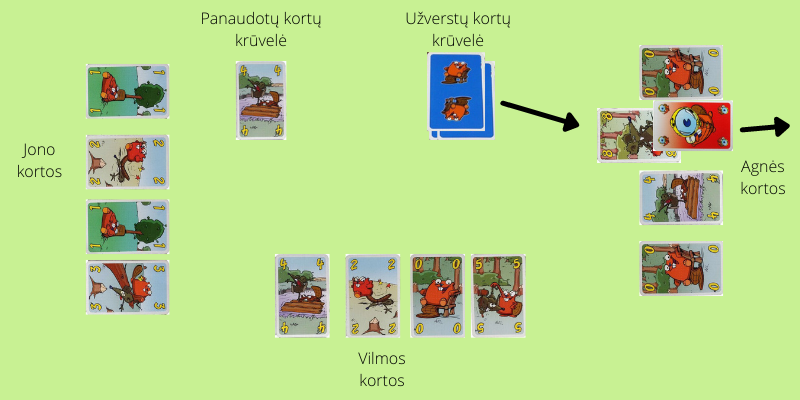
After the scoring, everything is written down on paper. Then the new game Phase 1. There are as many rounds as there are people playing.
Note: If two people are playing, then there are 4 rounds before the winner is decided.
